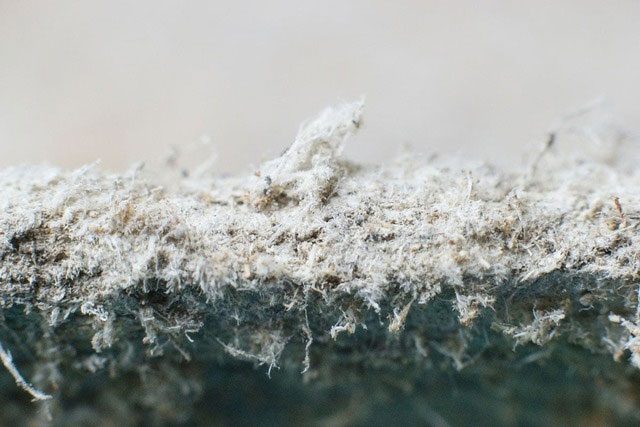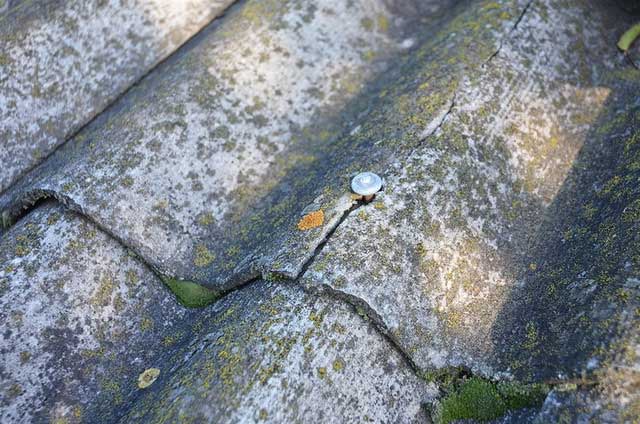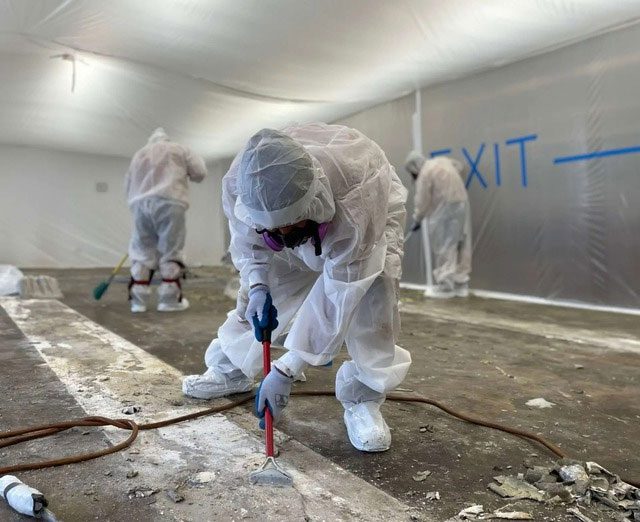It is widely recognized that while asbestos has been extensively used as a building material around the world, its potential dangers pose a significant threat to human life and health. Nearly 240,000 people worldwide suffer from diseases and die due to asbestos each year. Therefore, despite any advantages it may have, the reality that asbestos is a harmful material to human health cannot be concealed.
What is Asbestos?
Asbestos is a natural mineral resource, not a synthetic material. It contains a large number of fibers that can be separated into flexible strands. These fibers mainly consist of silicate minerals and come in blue, white, green, or yellow colors, and can produce white strands when torn forcefully.
These fibers resemble cotton, have strong elastic properties, and are extremely durable, with high resistance to heat, fire, abrasion, and chemicals. Therefore, from a construction material perspective, asbestos is indeed an excellent insulator and fireproof material.
The use of asbestos can be traced back to ancient Egypt more than 6,000 years ago. The ancient Egyptians used asbestos cloth as burial shrouds for Pharaohs. It was also used to make ropes and wicks.

Asbestos is a double silicate of Calcium (Ca) and Magnesium (Mg), containing naturally occurring SiO2.
In modern times, asbestos has numerous applications in commerce, public utilities, and industrial facilities, such as fireproof asbestos textiles and asbestos cement products like pipes and insulation boards, as well as various insulation materials widely used in construction, electrical equipment, vehicles, and household products. Besides its good properties and large production volume, asbestos is also extremely cheap.
In a static state, asbestos is harmless, but when it becomes airborne and is inhaled, it can remain in your lungs permanently, causing irritation and damage to lung tissue, leading to stiffening of the lungs, which ultimately prevents normal contraction and expansion, making breathing difficult.

Asbestos is a type of natural fibrous crystal with thermal insulation advantages, high temperature resistance, and corrosion resistance.
Asbestos in the Home Environment
Asbestos is found in various environments, but in the home environment, it primarily comes from three aspects:
1. Asbestos Products: Asbestos fibers, asbestos ropes, asbestos seals, asbestos paper, asbestos fabric, asbestos cement pipes, asbestos cement sheets, etc., are commonly encountered in many households, making it easy for people to come into contact with asbestos.
2. Construction and Housing: Asbestos is most commonly used in construction in many countries, including Vietnam, such as asbestos cement roofing tiles, asbestos distillation caps, asbestos cement exterior walls, asbestos cement sheets, fire-resistant asbestos doors, etc. Additionally, asbestos serves as an adhesive, so it can be found in wallpaper, floor tiles, ceilings, kitchen countertops, and more. As mentioned earlier, asbestos is harmless to the body in a static state, but over time, as temperature and humidity change, the adhesive can become brittle and degrade, releasing asbestos fibers into the air.
3. Automotive Parts: Asbestos can also be used in the automotive field to manufacture brake pads, clutches, exhaust gaskets, and other asbestos components. Every time a driver starts the vehicle or applies the brakes, harmful asbestos particles are released.

While many developed countries have banned the use and consumption of all forms of asbestos, some countries, particularly developing nations and Vietnam, continue to use white asbestos.
The Dangers of Asbestos to the Body
Asbestos has been proven to be a carcinogen, and all forms of asbestos can cause cancer. The primary route of asbestos absorption in the human body is through inhaling air containing asbestos fibers. The greater the concentration of asbestos in the environment or the longer the exposure to asbestos, the greater the harm.
Inhaling asbestos dust and fibers not only causes asbestosis, leading to the formation of lung scars but can also result in bronchial lung cancer, mesothelioma of the pleura, peritoneum, and other malignant tumors. After 40 years of research, since 1973, the International Agency for Research on Cancer (IARC), a branch of the World Health Organization (WHO), has declared asbestos a leading carcinogen.

Asbestos enters the body and causes harm primarily through the respiratory system when workers and users inhale respiratory dust containing airborne asbestos.
In 2003, the International Labour Organization (ILO) and the World Health Organization (WHO) recommended special attention be given to eliminating asbestos-related diseases. In 2007, WHO’s resolution called for global campaigns to eliminate asbestos-related diseases.
The IARC’s 2012 issue 100C concluded after reviewing hundreds of studies published in international journals that: “Although there are variations in toxicity levels among studies by various authors, the general conclusion is that all types of asbestos, including white asbestos, are carcinogenic” and that there is no safe threshold for carcinogens. The United States, Germany, Australia, and the European Union all affirm that all types of asbestos, including white asbestos, are human carcinogens.

Canada was once the largest producer of asbestos, but the health of its citizens has been significantly affected by asbestos. Subsequently, many countries in Europe and America began to restrict its use. The United States, Japan, and other countries have banned the use of asbestos.
Symptoms of asbestos-related diseases include: shortness of breath and pleural plaques which can be detected by X-rays. Studies show that smoking can increase the risk of asbestos-related lung cancer.
However, unlike other toxic substances with short latency periods that harm the human body, the harmful effects of asbestos on the human body often take a long time to manifest. When the human body is exposed to large amounts of asbestos, asbestosis may not appear for several years, even decades. In most cases, symptoms of asbestosis may take 20 to 30 years to develop. For example, asbestos miners and construction workers exposed to asbestos for long periods have a latency period of about 12 to 20 years.
How to Effectively Reduce Asbestos Levels in the Home Environment?
1. Use ventilation systems more frequently. Especially for newly renovated homes and newly purchased interiors, it’s essential to maintain good ventilation indoors.
2. Vacuum regularly. Use a vacuum cleaner with a HEPA filter to dry vacuum your floors and walls weekly. Regular dry vacuuming can remove asbestos from surfaces, followed by wiping the surfaces with a damp cloth to eliminate any asbestos particles that may remain from the vacuuming process.
3. Avoid staying in work sites or places with asbestos products for extended periods. If necessary, wear a mask and take protective measures.


















































